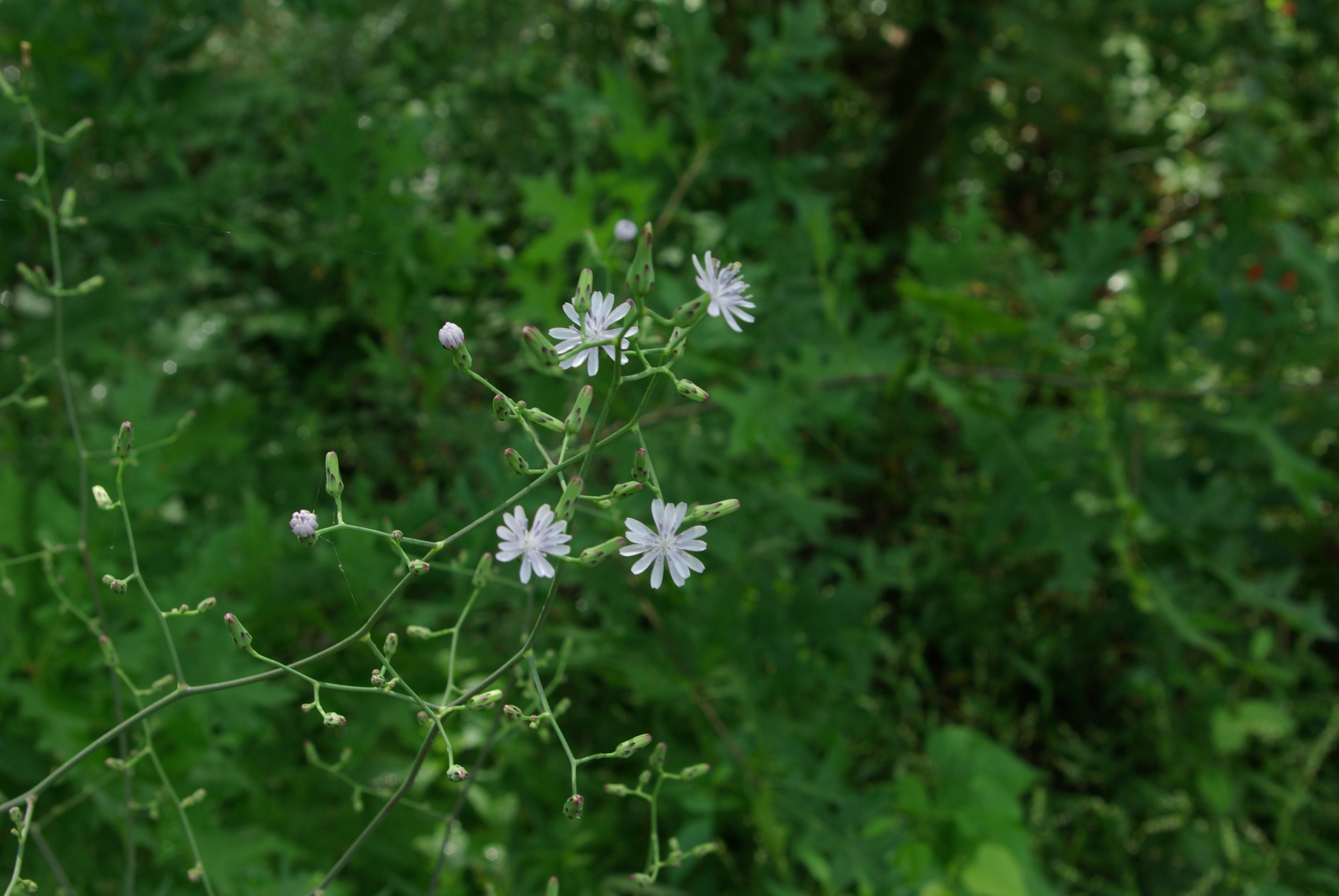Lactuca Acuminata on:
[Wikipedia]
[Google]
[Amazon]
''Lactuca floridana'', commonly known as woodland lettuce, Florida lettuce, or false lettuce, is a North American species of wild lettuce. It is native across much of central Canada and the eastern and central United States.
''Lactuca floridana'' is an annual or

Lady Bird Johnson Wildflower Center, University of TexasDelaware Wildflowers
photos
photo {{Taxonbar, from=Q15591435 floridana Flora of Northern America Plants described in 1753 Taxa named by Carl Linnaeus
biennial plant
A biennial plant is a flowering plant that, generally in a temperate climate, takes two years to complete its biological life cycle.
Background
In its first year, the biennial plant undergoes primary growth, during which its vegetative structur ...
in the Cichorieae
The Cichorieae (also called Lactuceae) are a tribe in the plant family Asteraceae that includes 93 genera, more than 1,600 sexually reproductive species and more than 7,000 apomictic species. They are found primarily in temperate regions of the E ...
(dandelion) tribe within the Asteraceae
Asteraceae () is a large family (biology), family of flowering plants that consists of over 32,000 known species in over 1,900 genera within the Order (biology), order Asterales. The number of species in Asteraceae is rivaled only by the Orchi ...
(daisy) family. ''Lactuca floridana'' was found to contain 11β,13-Dihydro-lactucin-8-O-acetate hemihydrate.
Description
''L. floridana'' is a tall plant, growing to a height of . It is usually unbranched with a central stem that is light or reddish green and hairless. It has a pure white, milky sap. The leaves are alternate, lanceolate-oblong, and up to long and across. The largest leaves are often deeply pinnately lobed, although the leaves in general are variable and can be lobed or unlobed. The top of the stem bears a multibranchedinflorescence
In botany, an inflorescence is a group or cluster of flowers arranged on a plant's Plant stem, stem that is composed of a main branch or a system of branches. An inflorescence is categorized on the basis of the arrangement of flowers on a mai ...
with many flower heads
A pseudanthium (; : pseudanthia) is an inflorescence that resembles a flower. The word is sometimes used for other structures that are neither a true flower nor a true inflorescence. Examples of pseudanthia include flower heads, composite flowers ...
. Each head contains 10–20 blue or white ray florets but no disc florets. The fruit is a brown achene
An achene (; ), also sometimes called akene and occasionally achenium or achenocarp, is a type of simple fruit, simple dry fruits, dry fruit produced by many species of flowering plants. Achenes are monocarpellate (formed from one carpel) and Dehi ...
.

Etymology
The genus name ''Lactuca'' is based on the Latin word for milk, "lac", and refers to the milky sap. The specific epithet means "of Florida".Distribution and habitat
''L. floridana'' is native in the United States from Texas in the west, Florida in the south, Massachusetts in the east, and the Canadian border in the north. In Canada it is native in Manitoba and Ontario, although it is possiblyextirpated
Local extinction, also extirpation, is the termination of a species (or other taxon) in a chosen geographic area of study, though it still exists elsewhere. Local extinctions are contrasted with global extinctions.
Local extinctions mark a chan ...
in Manitoba and it's critically imperiled in Ontario. Habitats include disturbed areas, prairies, along roadsides, pastures, and miscellaneous waste areas.
Ecology
The plant blooms from July to October, and the nectar and pollen of the flowers attract bees.Uses
The plant is edible and can be cooked and eaten as greens.References
External links
Lady Bird Johnson Wildflower Center, University of Texas
photos
photo {{Taxonbar, from=Q15591435 floridana Flora of Northern America Plants described in 1753 Taxa named by Carl Linnaeus